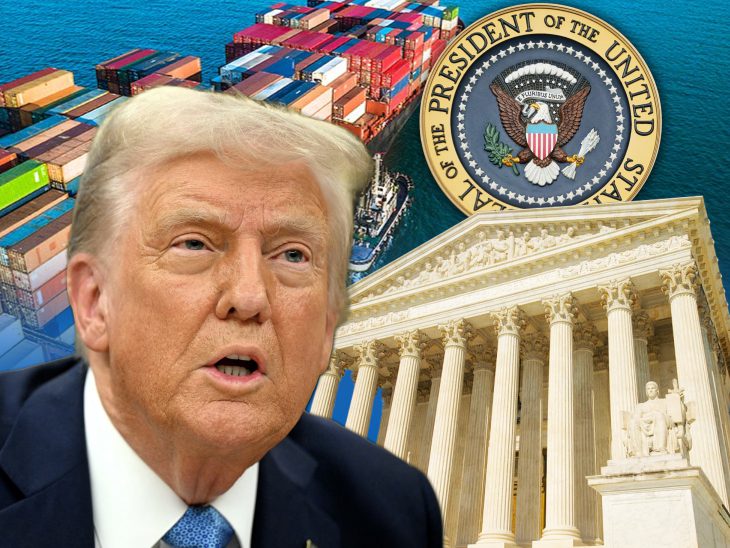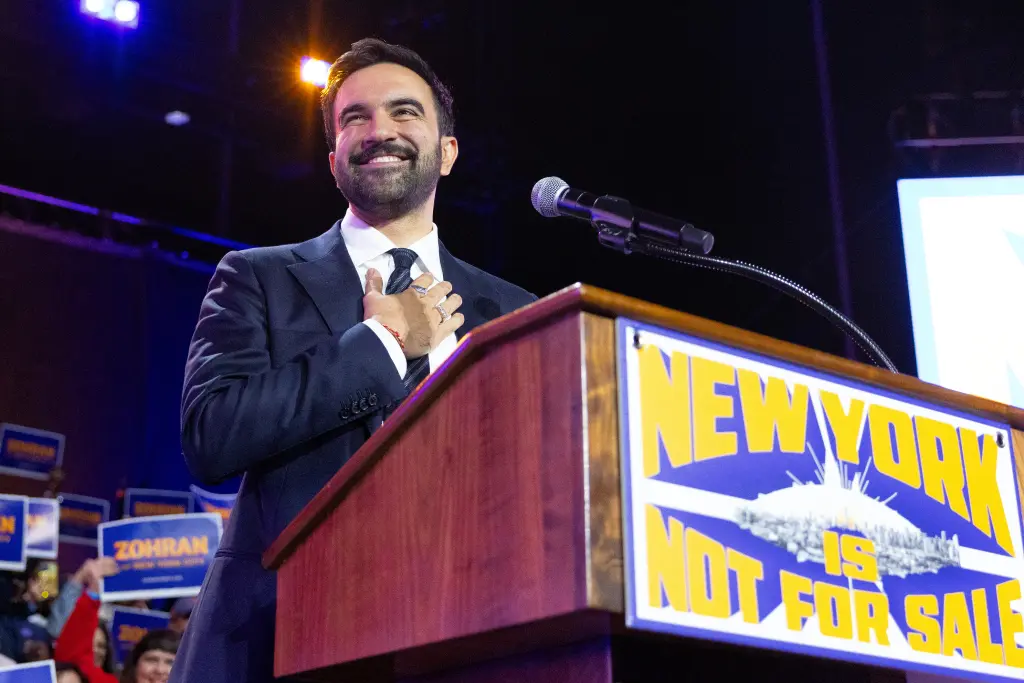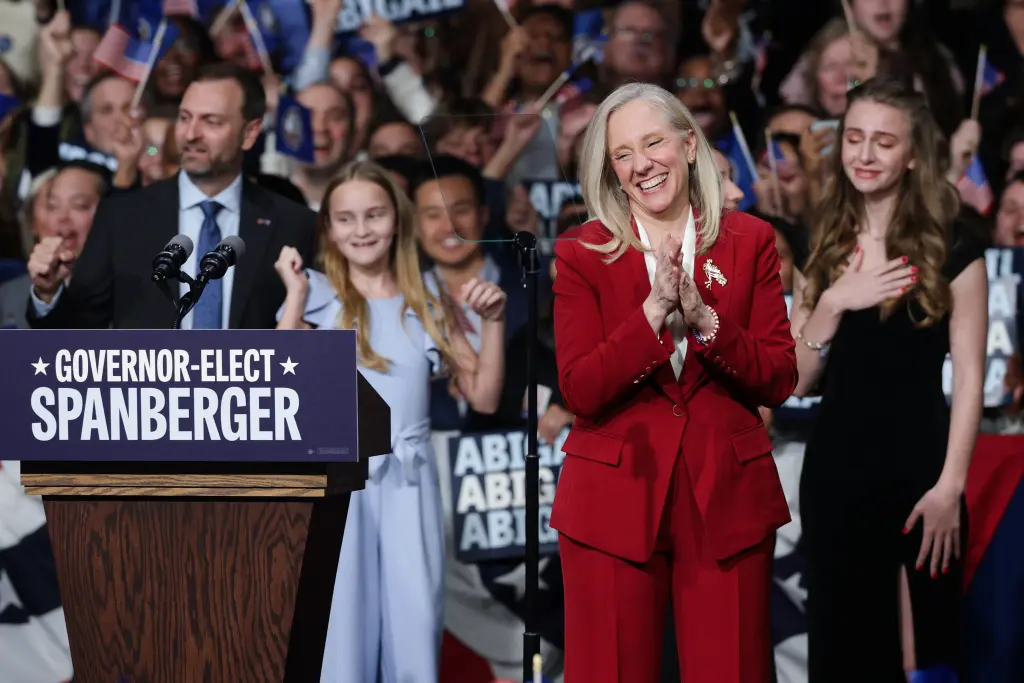How the Supreme Court’s Upcoming Ruling on Trump’s Tariffs Could Reshape U.S. Power, Economy and the Presidency
In the hushed corridors of the Supreme Court on the eve of a landmark hearing, the future of American economic policy—and perhaps of presidential power itself—is resting on the edge of a gavel. Donald J. Trump, former President of the United States, has framed the battle in stark terms: “life or death for our country.” The stakes could not be higher. On Wednesday, justices will hear oral arguments in a consolidated case, Learning Resources v. Trump (consolidated with V.O.S. Selections, Inc. v. Trump), to decide whether the sweeping tariffs the Trump administration imposed are legally grounded. If the high court strikes them down, the decision could unravel a key pillar of Trump’s economic agenda, challenge the scope of executive authority and expose the Treasury to potentially enormous refund liabilities.
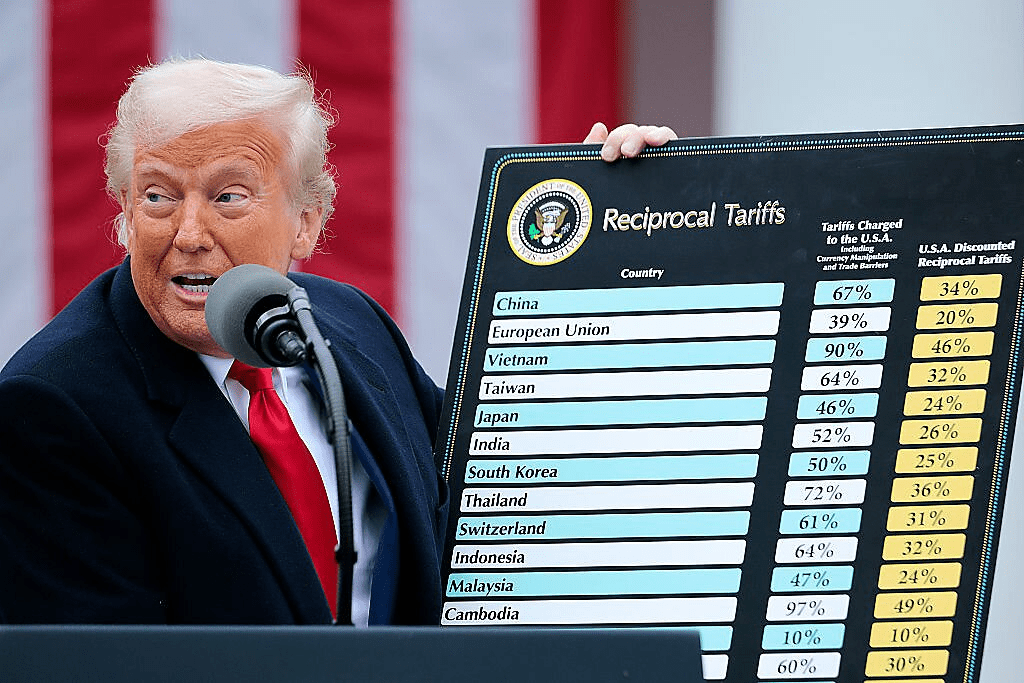
The tariffs in question, introduced in 2025 via executive action, relied on the International Emergency Economic Powers Act (IEEPA), a 1977 statute originally designed to give the president emergency powers in times of national threat. The Trump administration invoked it to declare a “global economic emergency” and to impose high duties on goods from dozens of nations in the name of trade balance, national security and economic strength. Critics say the invocation stretched the law beyond its intent; supporters argue the move was bold and necessary.
Earlier this year, the U.S. Court of Appeals for the Federal Circuit ruled that Trump had exceeded his authority under IEEPA, finding that imposing tariffs without a clear congressional delegation may violate constitutional limits. That decision overturned parts of the policy but left the tariffs in place during appeal, setting the stage for the Supreme Court to weigh in. Observers call the upcoming hearing “staggeringly important” both economically and constitutionally.
In a blunt social-media post, Trump warned that revoking the tariff power would leave the U.S. “virtually defenseless” against other countries that have, for years, taken advantage of American trade weakness. The former president pointed to record stock-market highs, claiming the tariffs were a key driver of the strength and the resurgence of U.S. economic might. Treasury Secretary Scott Bessent backed that characterization, warning that if the court rules against the tariffs the government could face refunds between $750 billion and $1 trillion—though some legal experts are more skeptical of that figure.

From a political vantage, the case is about more than trade. It touches on the separation of powers, the “major questions” doctrine (which holds that when a policy has vast economic or political significance, Congress must clearly authorize it), and the role of the presidency in shaping economic policy without legislative input. For Trump and his supporters, a win would reaffirm expansive executive reach; a defeat could curb it.
For consumers and businesses, the ripple effects matter too. Tariffs are taxes on imports in practical terms—and could lead to higher prices, disrupted supply chains or retaliatory actions from foreign governments. A ruling that limits presidential action could force Congress to legislate major trade changes. On the flip side, supporters argue that the policy was protecting American manufacturing, correcting unfair practices and bolstering U.S. competitiveness.
In Washington, the whisper-networks have been alive: conservative legal scholars warn that allowing the president to impose broad tariffs under a general emergency statute would destabilize the constitutional balance. Business groups, meanwhile, fret about uncertainty and the message it sends to global investors. The Trump allies counter that standing still amid global economic competition is not an option—and that hesitation invites decline.
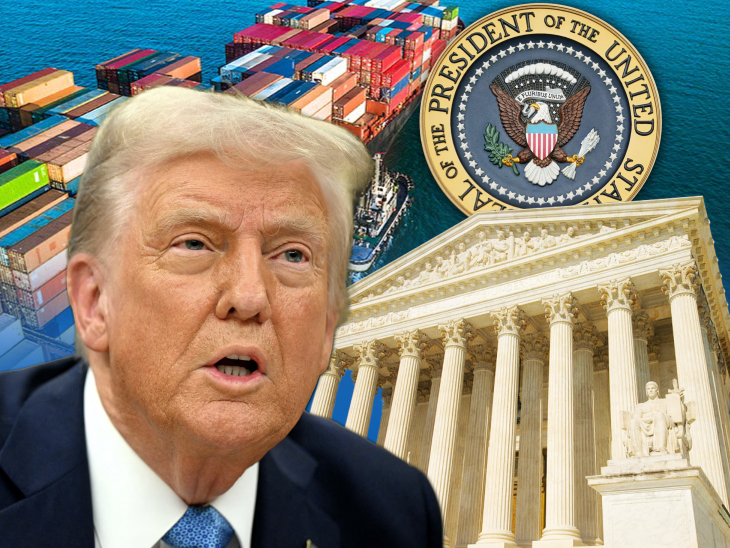
On the day of the hearing, the Supreme Court building is surrounded by press, panels of lawyers and interest-group operatives. The arguments will unfold before nine justices who may ask probing questions about the meaning of “emergency,” the nature of trade authority and the limits of presidential discretion. Whatever the decision, the consequences are likely to echo beyond this case.
For Trump’s part, he has declined to attend the hearing in person, citing a desire not to draw attention away from the Court itself, but he continues to speak publicly and rally his base around the issue. His statement frames the fight in national-security terms, linking economic authority with sovereignty and strength. Whether the Court sees it that way remains to be seen.
What comes next will shape not only whether his tariffs stand—but whether a president can declare a national economic emergency and act unilaterally on trade without congressional oversight. For Americans watching, the message is clear: the verdict will influence prices, policy, markets and power. It will send a signal about whether the executive branch, with its rapid agility, can act in the name of the country—or whether the legislative branch, with its slower pace and broader representation, retains its core role.

In a moment where the economy, the constitution and presidential ambition collide, the Court’s decision will be remembered. For Trump’s supporters, it is a test of whether his bold economic moves will be vindicated. For his critics, it is a reckoning of how democracy, law and trade intersect. And for the country at large, it is neither abstract nor distant: it is about who holds the reins of power—and whether that power is ever unchecked.
